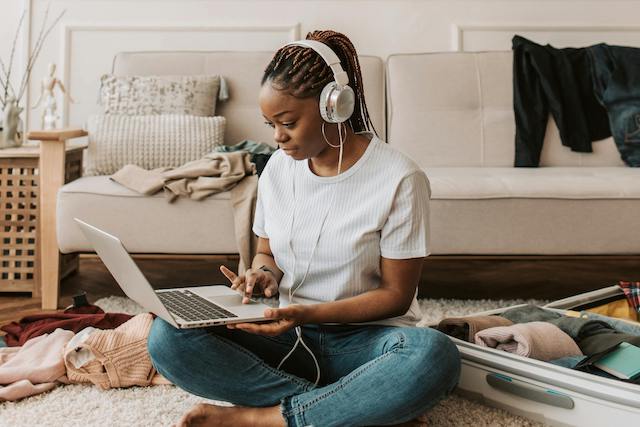
Preparing Your Home For A Big Trip: 10 Things to Organize
Going on a major trip? Super lucky you! Keep in mind that planning for a significant trip involves more than just packing your bags and booking flights. Ensuring your home

Going on a major trip? Super lucky you! Keep in mind that planning for a significant trip involves more than just packing your bags and booking flights. Ensuring your home
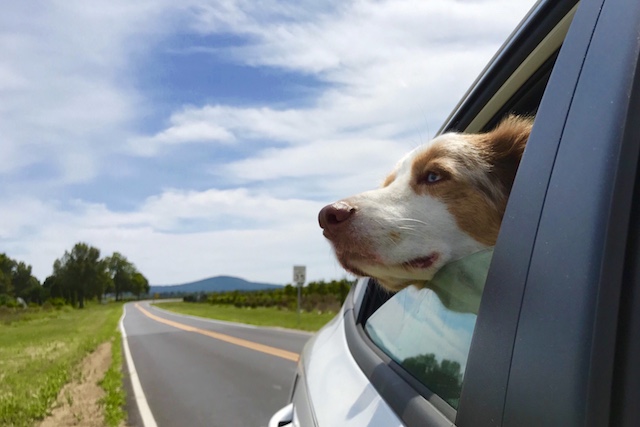
Nothing starts off summer break better than a vacation! Getting on a plane, train, or automobile, and arriving at a new or favorite destination creates amazing memories for anyone. If

If you are heading out of town for a long weekend or for a week, it’s important to take a few steps and ensure your home’s safety. An obviously empty

Renowned travel expert Rick Steves’ mantra has always been, “You’ll never meet a traveler who, after five trips, brags: ‘Every year I pack heavier.’” He’s a big proponent of traveling
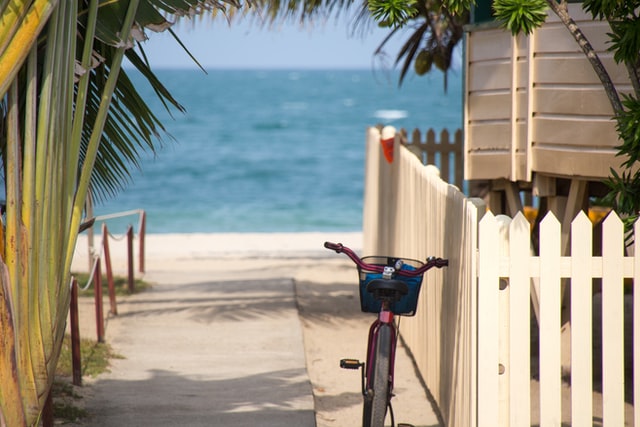
We love staying in hotels when vacationing. With room service, daily housekeeping, and various cool amenities, you get to feel spoiled and luxurious. We have also discovered, when traveling with
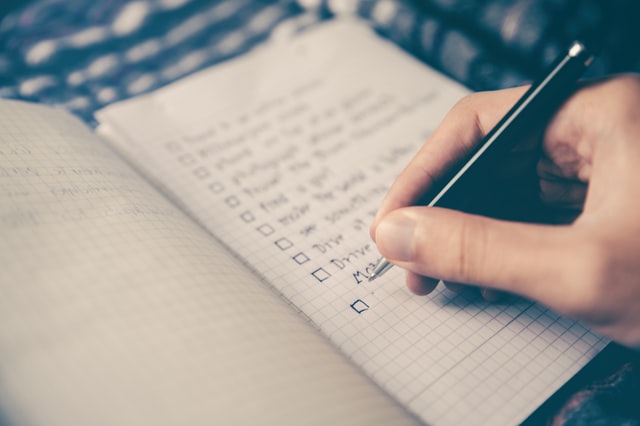
A weekend or a few days away is pretty easy to pack and prepare for, especially if you do it fairly often. If you are going to be away from
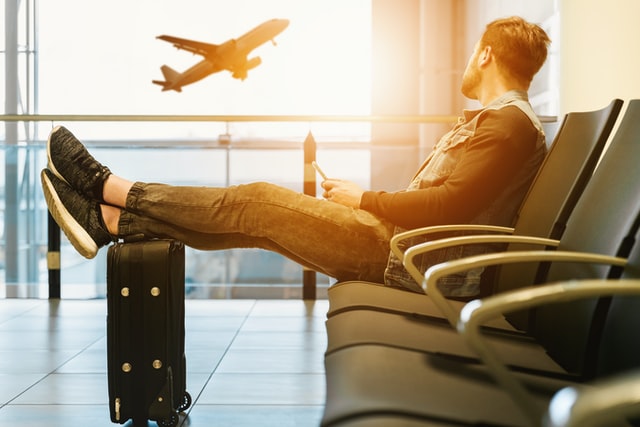
There was a time when all one needed for their carry-on bag was an airline ticket, a few toiletries, a good book, and maybe a snack and a drink. How
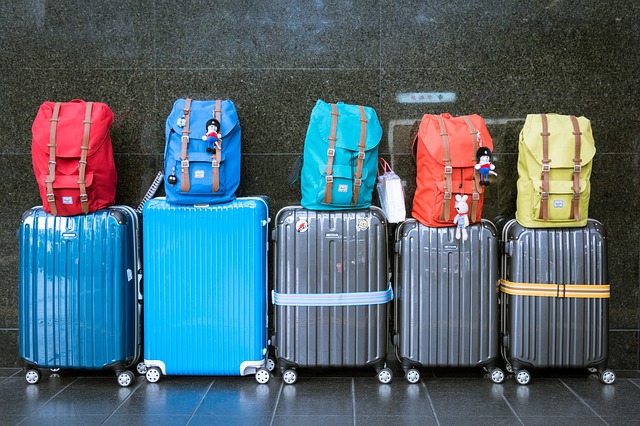
Travel these days has a lot of potential pitfalls, whether it’s a delayed flight, a long security line, or an issue with your reservations. You have no control over some
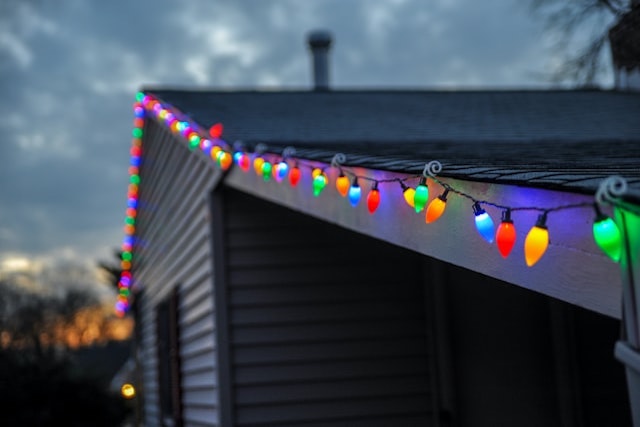
If you are heading out of town for the holidays, for a long weekend or for a week, it’s a prudent idea to have a checklist of To-Do’s to ensure
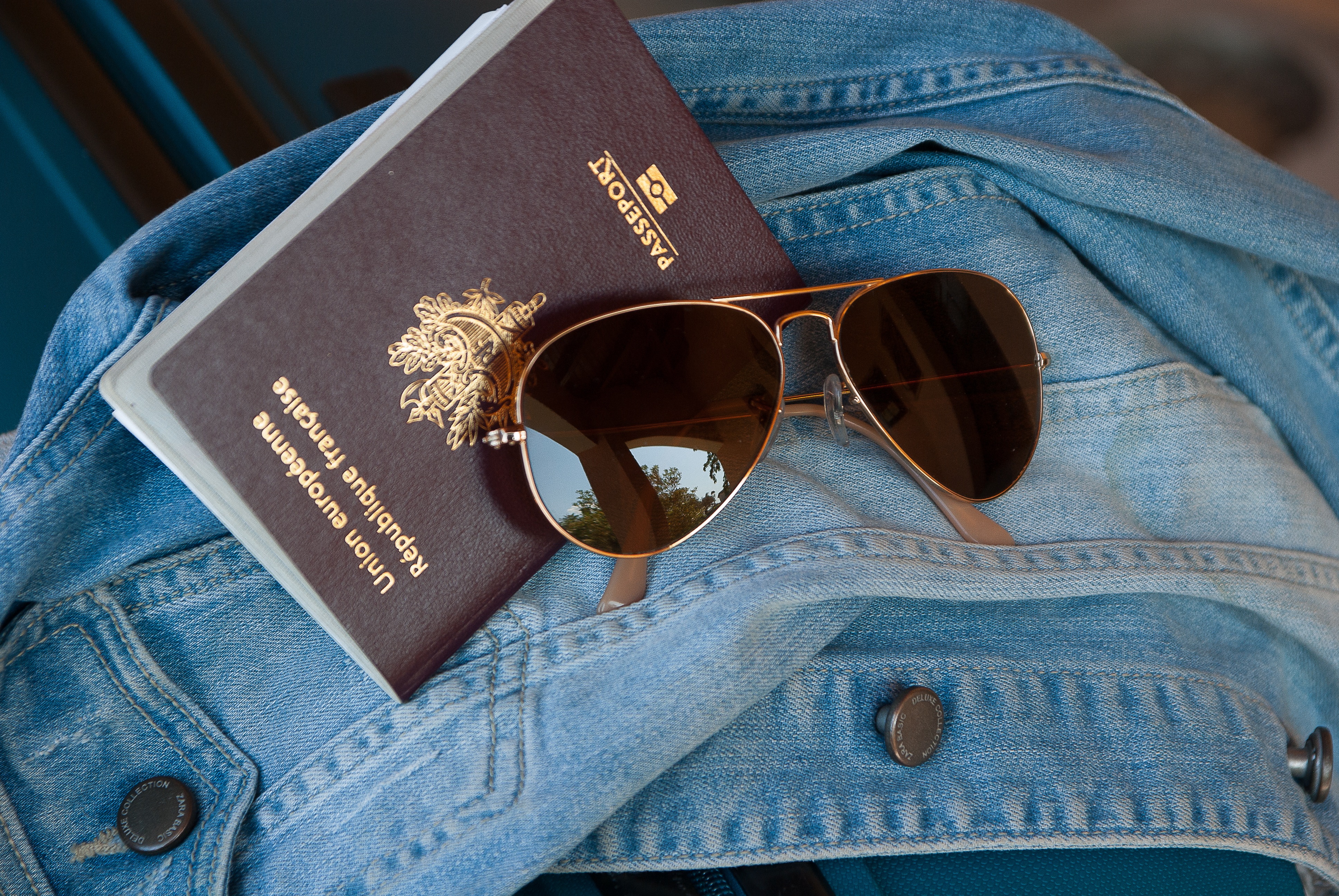
Enjoy your summer travel with TripIt! Summer vacations should be all about having fun and making new memories. But we all know that there are some aspects of traveling which